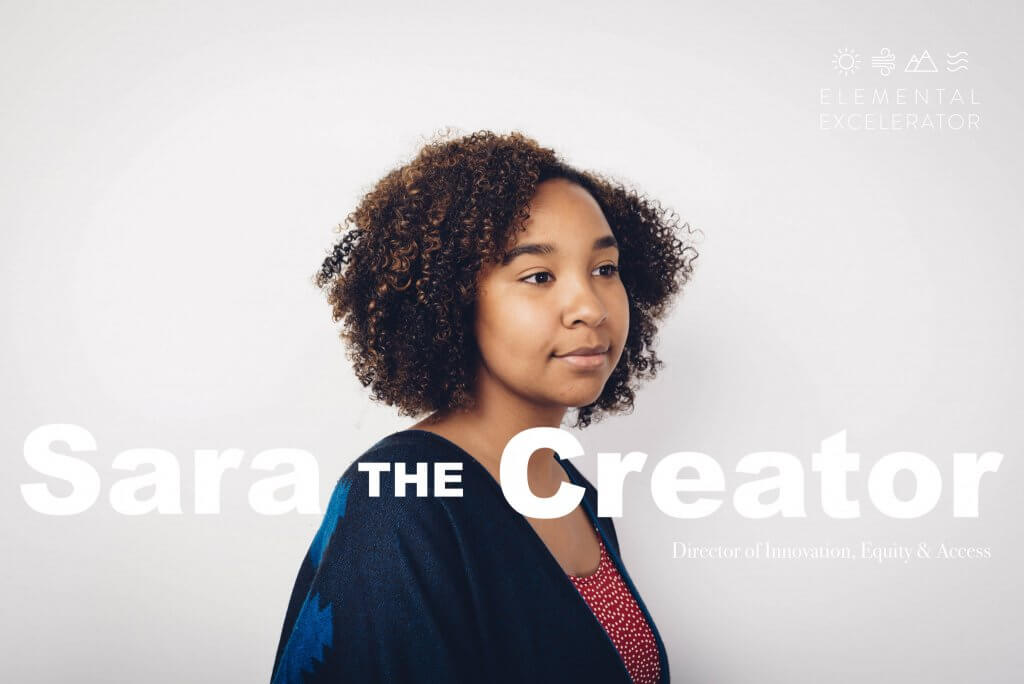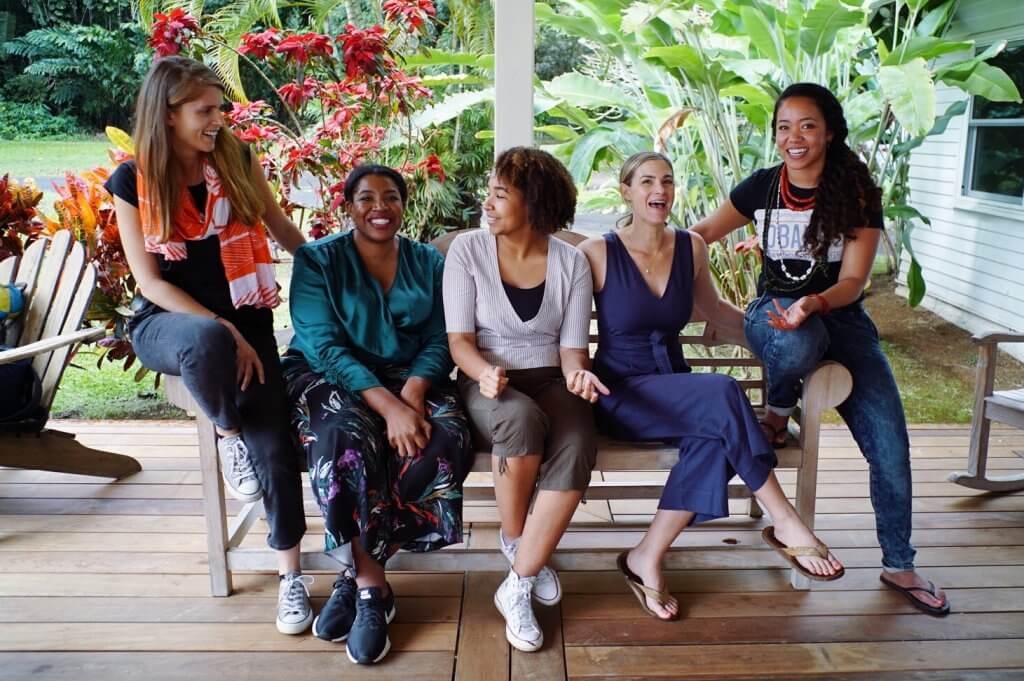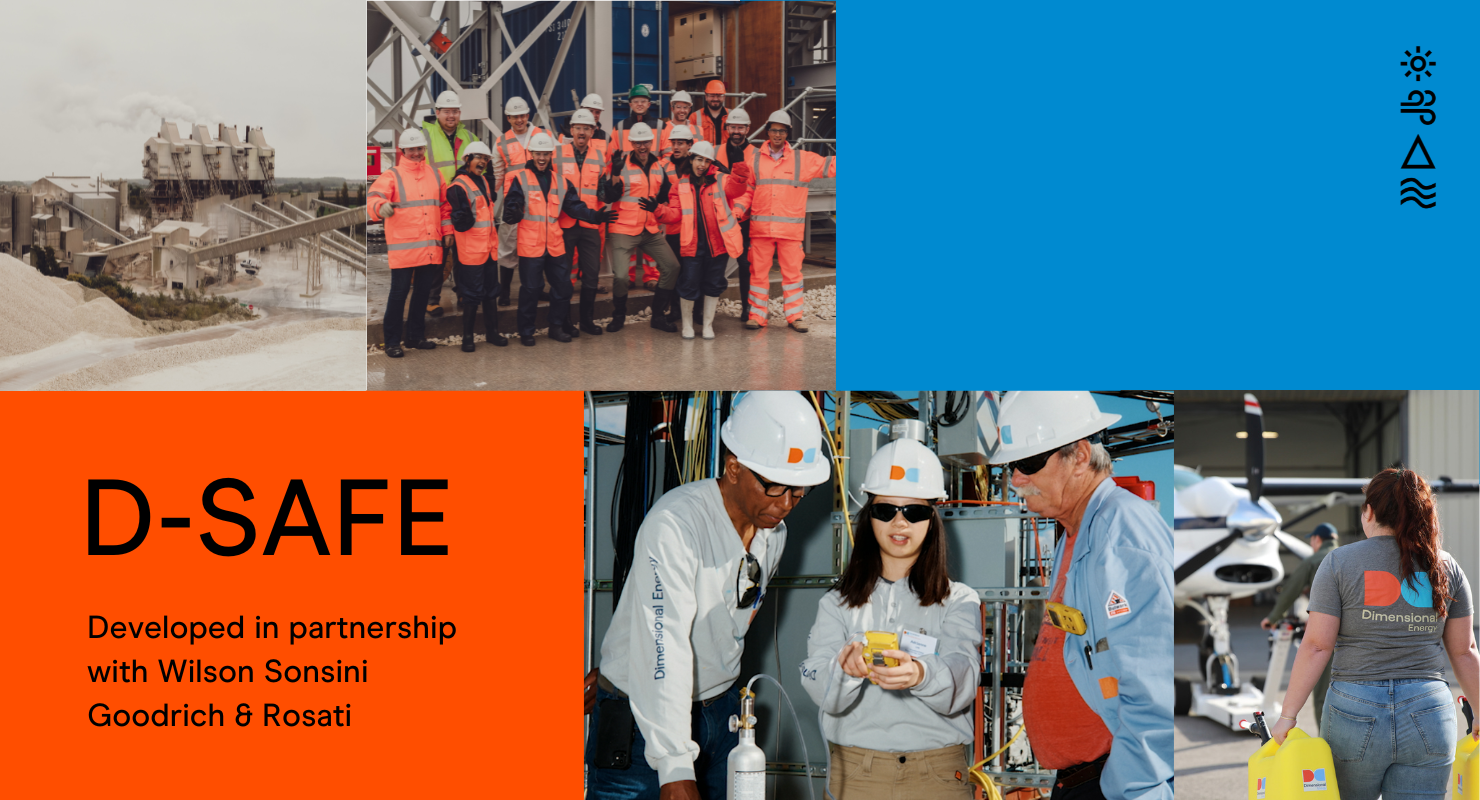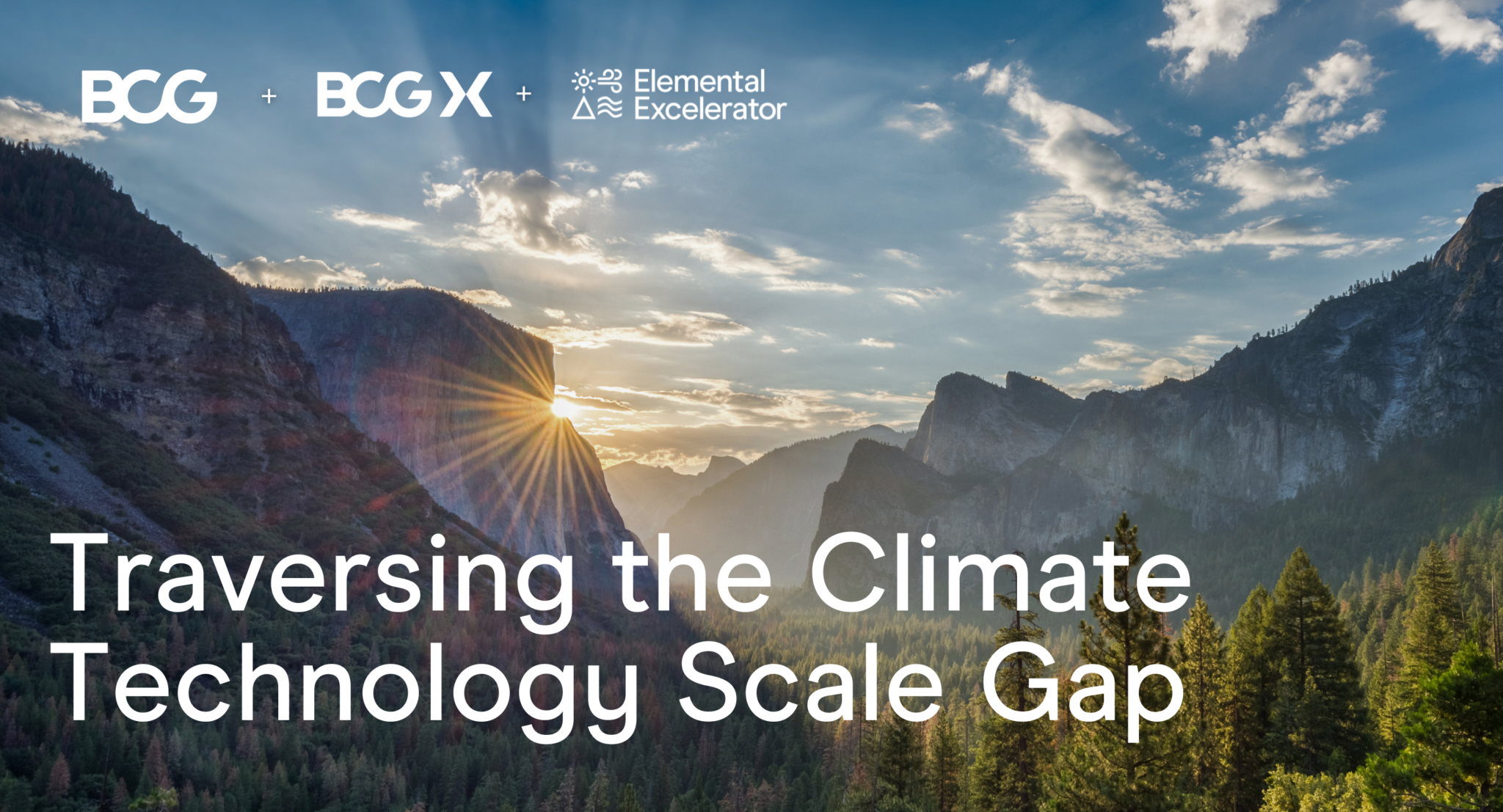
We often think about what we do at Elemental as building a machine for deploying climate technologies. Over the past decade that we’ve been at this work, though, we have learned again and again that innovation is really about people, not just technology. The why behind what people choose to do is the driver of progress. It’s an engine steered by ingenuity, but powered by hearts.
So why do we do what we do? Here, Sara Chandler, our Director of Equity & Access Innovation, shares what drew her into her work, why Elemental is the right venue for the change she want to see in the world, and what she’s excited to see flourish in 2020. This is part of a series of profiles that, as we recruit and get to know our next cohort of entrepreneurs, we hope will help you get to know us.

Where does your desire to work on issues around environmental equity come from?
For as long as I can remember I’ve been interested in celebrating my culture and protecting our environment. If you can, picture Little Sara from SW Houston, TX pulling plastic soda can rings out of the trash and cutting them in half to avoid choking fish while wearing an I AM A MAN t-shirt honoring the 1968 Memphis sanitation strike and humming the United Farmworkers’ De Colores. I saw how oil was the lifeblood for so many families in Texas (including my own!), but at the same time watched the BP oil spill into my home coast for years, transforming the people and place where I grew up. In hindsight, after experiencing thousands of people displaced to Houston’s Astrodome during Hurricane Katrina and watching neighbors rescue one another during Hurricane Harvey, my desire to work on issues of environmental equity is all clear to me. I had to grapple with my love for my city at the same time as I witnessed the compounding effects of of an oil-based economy. However, it wasn’t until I finished Howard Law, fresh out of courses on environmental justice, clean air, and climate change that I saw how I could articulate my passion through my work.
I began working on environmental equity policy in 2015 in California. The state had just begun implementation of the cap & trade program, and I was enamored with this new post–AB 32 & SB 535 world that charged polluters and used a fund to bring resources back into communities most impacted by pollution. I knew I could contribute my voice to this conversation around environmental equity and climate justice. In my eyes, our environment works both for and against us. But for some it works against us more than for us, largely because of other people’s decisions and actions, ranging from past policies like redlining to present-day pollution and problems that others created. Certain people, usually people of color, and places, likely low-income, are simply burdened by their environment instead of having it work for them. These resilient and culture-rich communities shouldn’t have to worry about increased asthma risk or undrinkable water, and bear the burden of policies and practices that perpetuate inequality. With innovation, we have the opportunity to reimagine our approach to fairness through creative entrepreneurship and collaboration.
What do you hope to achieve through your work at Elemental and with our portfolio companies?
Everyone loves a good feedback loop, right? I see an opportunity to create a virtuous feedback loop in place of the disconnect between climate innovation and the people and communities who are the most vulnerable to climate change. There are so many new technologies that could really help the people who suffer the most from pollution and are on the front lines of the climate crisis. But those products and services aren’t often being designed with them in mind, or they’re only considered as a side note or afterthought once they’ve already been made.
At Elemental Excelerator, I want to help create and strengthen a new climate innovation feedback loop. One where we identify which communities can benefit the most from innovation and work to understand the opportunities for new technology there. Then we invest in the startups that can solve those local issues and design demonstration projects in partnership with community organizations to make the connection real. And finally, we scale the successful ideas to more and more areas, engage and empower people to take control of how innovation can shape their future, and craft policies to spin the virtuous cycle faster and faster.
What are three trends you’re seeing — or want to see — come into focus in 2020?
- A growing body of research on the challenges facing frontline communities and opportunities for new climate positive technology. The Guardian recently published an article based on research from the journal Climate that explores how increasingly deadly urban heatwaves are linked to historically racist housing policies. This research expands on a 2009 study called The Climate Gap, led by Dr. Manuel Pastor, which found that “the health consequences of climate change will harm all Americans—but the poor and people of color will be hit the worst.” And last year, Asian Pacific Environmental Network and Greenlining Institute released two resources on climate justice and equity called Mapping Resilience and Making Equity Real in Climate Adaptation & Community Resilience Policies & Programs. More research around the communities typically left out of climate studies will only strengthen our understanding of where new technologies and innovations should be prioritized.
- Localized equity metrics to ensure projects reflect equitable progress. The Social Progress Index is a great example of social and environmental health data that, at the census tract or zip code level, help us determine best practices for the projects we design with communities. San Jose recently became the first city to incorporate these, and is using the data to examine issues around housing, opportunity, education, and more.
- Workforce development. This is a crucial tool for fostering the next generation of environmental stewards and preparing more people, especially those underrepresented in the technology sector, for good quality jobs. This year, KIGT launched the Electric Vehicle Network Technician Training Fellowship Program, which helps people develop the skills to launch a new career in the EV ecosystem. KIGT’s CEO Paul Francis says, “We want to use this project to achieve lower emissions, lower individual and organization mobility operating expenses and as a result better air quality for Californians. KIGT is resolute to reshape 100 years of human habit by revolutionizing the car fueling experience for all those who drive, commute, or use public transit.” Paul knows that we will not be able to reach our goal of getting 1 million EVs on the road without exposing the technology to underserved populations, placing charging stations in strategic locations, and hiring from those communities to help spread the word. Programs like KIGT’s are a creative way to bring in new people and reach our goals.




